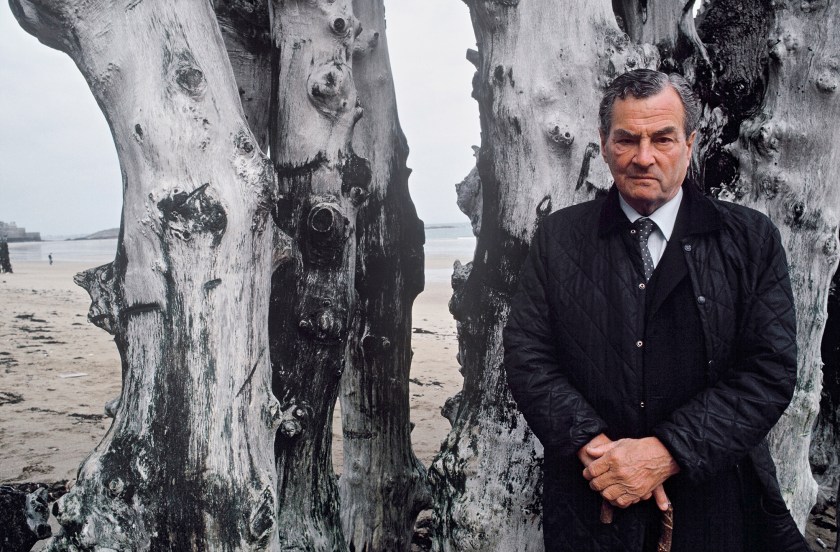
After attempting a landing in inclement weather, only Major Patrick Leigh Fermor from his team of four was able to successfully reach Crete. This would be the first of many turns of bad luck during the unbelievable 1944 mission to kidnap a Nazi general and spark an uprising.
Allied forces had been pushed out of Crete following a lost battle in May of 1941, but British Special Operations Exectives (SOE) arrived to lay the ground work for the resistance to Nazi occupation almost immediately afterwards. Over those three years, General Freidrich-Wilhelm Muller had developed a brutal reputation among the Cretan people. Assuming his elimination would inspire locals to take up arms against their Nazi occupiers, a plot to kidnap Muller was set forth by the SOE.
Alone and behind enemy lines, Major Fermor rendezvoused with members of the Cretan resistance and hid out in a cave until he was joined by the full team nearly two months later. (They were delayed by numerous failed attempts.) By the time the others arrived, General Muller had been replaced by General Heinrich Kreipe (above) but the mission went ahead regardless. Forced to wait until surveillance revealed vulnerabilities in the Nazi’s defenses, the SOE team had to plan the mission while hiding out in the homes of courageous civilians. Supported by a cadre of Cretan resistance fighters, the group planned to kidnap Kreipe while posing as German military police at a routine checkpoint outside a Nazi base in Crete (see map below).
Here’s Fermor himself on the obstacles said plan presented:
“We decided that the General’s car should not only be used as a false scent, but a getaway device as well; it should whisk the General and some of his captors from the scene at high speed. Where? It would be tempting to drive due south across the Messara plain and embark at Soutsouro, or some other combe on the south coast. This obvious scheme had several drawbacks. Firstly, it would be obvious to the Germans too; they knew we used those waters; and the way back to the main party for our only driver—Billy—after planting the car far enough away, would be too long and dangerous. Secondly, we would be fast on the move, and thus off the air to Cairo, for some time. Thirdly, should the enemy pick up our scent, those excellent roads could transport the large garrisons of the plain to the empty forbidden zone of low hills along the coast in a couple of hours; if necessary, they could fill the region with all the Germans in the Fortress of Crete. A cordon along the waterline and another inland could prevent any craft putting in, and, by intercepting our runners, cut us off from our distant wireless links with Cairo. Finally, with our backs to the sea in that region of sparse cover, they could run us to ground.”
In the hopes of avoiding repercussions to the Cretans under Nazi control, the soldiers left a note in Kreipe’s car—a rare claim of responsibility from typically clandestine special forces. With Nazi forces in pursuit after the plan’s first phase went off without a hitch, the group trekked across Crete—with a detained Kreipe in tow—via a grueling route that included summiting a 8,000-foot peak. Once there, Fermor and the team were whisked off to Egypt by British naval forces.
The story of the Kreipe kidnapping was brought to the big screen in the 1957 film Night Ambush. Fermor would go on to become a notable travel writer after his military career. His account of the mission was later published as Abducting a General, an excerpt from which was published on Longreads. Read the excerpt here and order a copy of Fermor’s book here.
—RealClearLife Staff
This article was featured in the InsideHook newsletter. Sign up now.